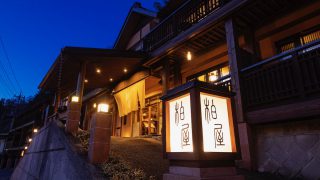 Cuisine
Cuisine The summer version for Dinner Menu
Now, we are offering the summer version for Dinner Menu. Summer Menu 2016 Is a menu, with which you can spend a cool and...
 Cuisine
Cuisine  Onsen
Onsen  Ryokan
Ryokan  Ryokan
Ryokan